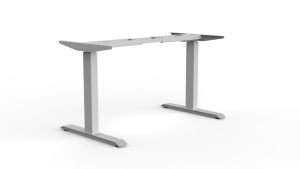
When it comes to achieving a straight and confident smile, there are now more options available than ever before. Two popular choices for orthodontic treatment are invisible aligners and traditional braces. Both methods have their unique advantages and considerations, and the decision on which one is right for you depends on various factors. Let’s compare invisible aligners and traditional braces to help you make an informed choice.
Invisible aligners
1. Discreet appearance: As the name suggests, invisible aligners are virtually invisible when worn over the teeth. Made from clear plastic, they offer a more aesthetically pleasing option for individuals who wish to straighten their teeth without drawing attention to their orthodontic treatment.
2. Removable: One of the significant advantages of invisible aligners is that they are removable. You can take them out during meals, allowing you to eat your favorite foods without restrictions. Additionally, removing aligners makes brushing and flossing easier, promoting better oral hygiene throughout the treatment process.
3. Comfortable: Invisible aligners are smooth and made from BPA-free plastic, which reduces the likelihood of irritation to the cheeks and gums. They do not have any wires or brackets, which can cause discomfort and mouth sores associated with traditional braces.
4. Shorter treatment time: Depending on the complexity of the case, invisible aligners can sometimes achieve results faster than traditional braces. The use of advanced computer software allows for highly accurate and predictable treatment planning.
Traditional braces
1. Effective for complex cases: Traditional braces are generally more effective in treating severe orthodontic issues, such as significant misalignments, complex bite problems, and jaw discrepancies. They provide precise control over tooth movements, making them suitable for challenging cases.
2. No compliance concerns: Since traditional braces are fixed appliances, there are no compliance issues. Unlike invisible aligners, which require self-discipline to wear them for the recommended 20-22 hours per day, braces continuously work to straighten teeth.
3. No risk of misplacement: Invisible aligners are removable, which means there is a risk of misplacing or losing them. With traditional braces, this is not a concern, as they are permanently affixed to the teeth throughout the treatment process.
4. Cost-effective: In some cases, traditional braces may be more cost-effective compared to invisible aligners, especially for more complex orthodontic needs. It’s essential to discuss the financial aspects with your orthodontist to find the best option for your budget.






